Novice choice
For the flower friends who have just entered the pit, they should pay equal attention to good-looking and good maintenance when choosing more meat. They should not only have high appearance, but also not easy to die! For example:
White peony

Bear boy
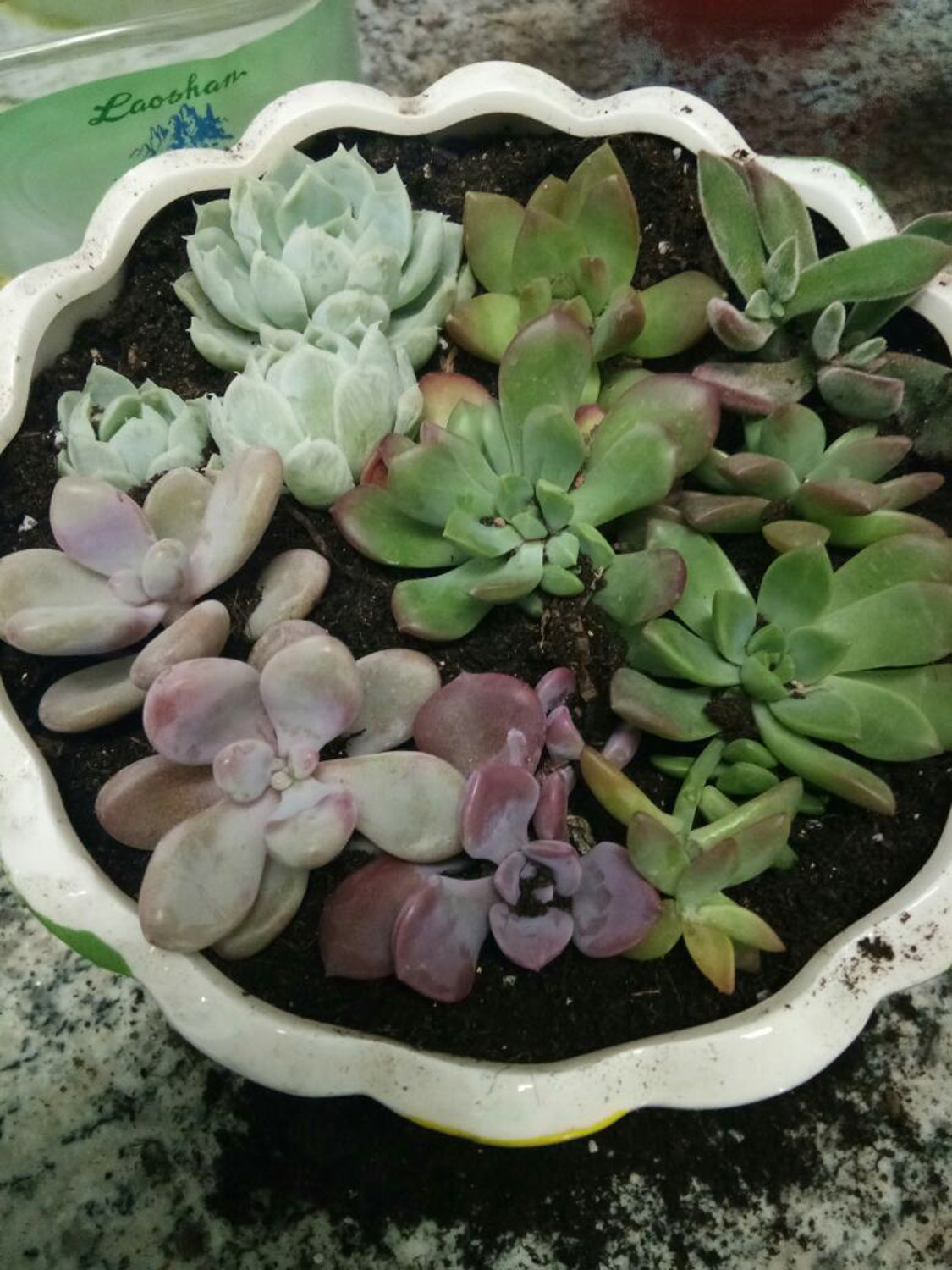
Quiet night

Jade dew
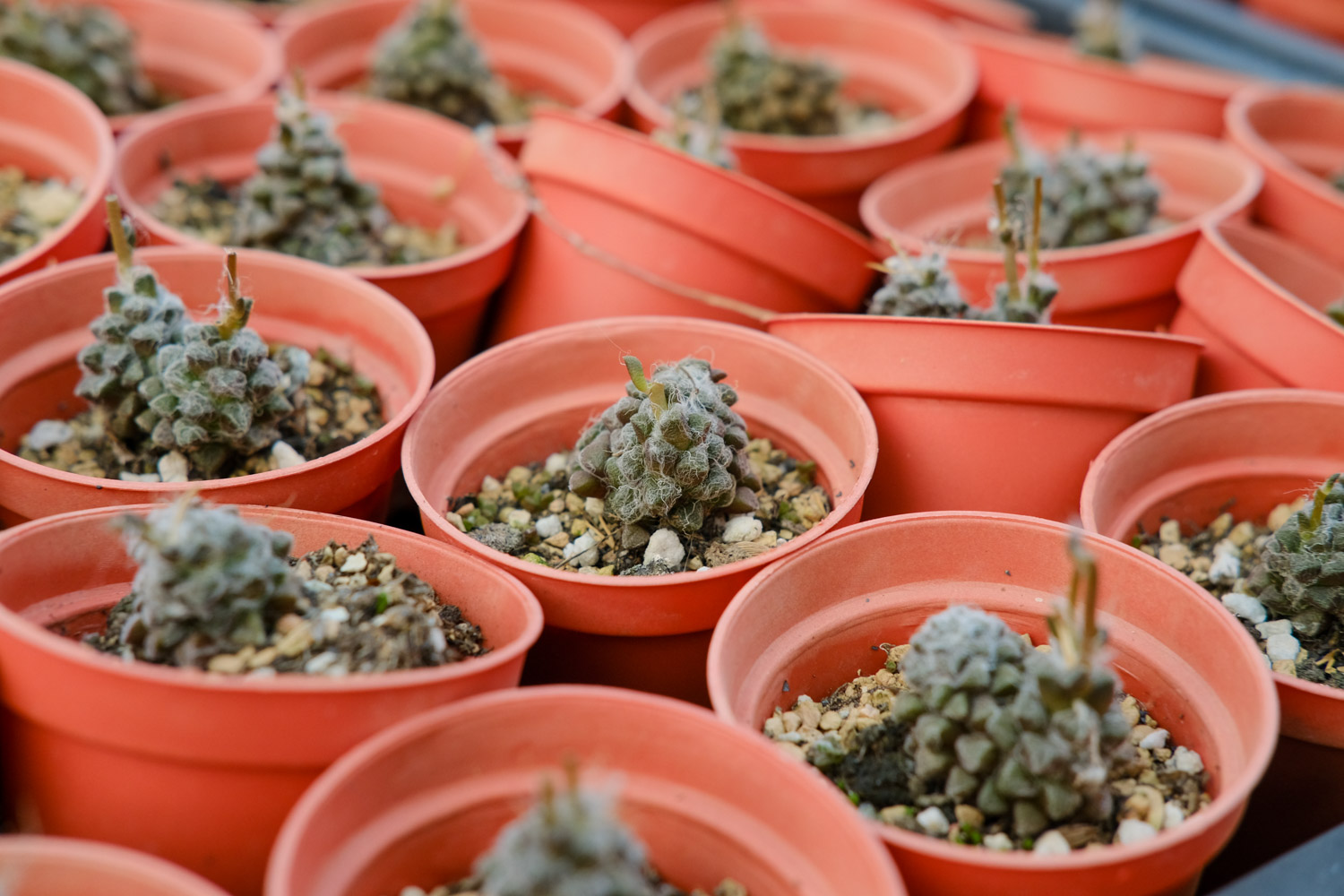
(author: Miyagi Chu source: Baidu knows)
Succulent cutting
Most meat can "give birth to babies" through cutting. A simple branch and a leaf can raise a pot of new flowers
Cutting steps
1. Select healthy plants and cut them where the leaves are sparse

2. Don't throw away the mother plant. New buds will slowly grow in the place where the head is cut off. If you are lucky, you may grow more meat

3. After decapitation, the leaves near the root should be removed, put it on the mouth of the bottle, and put a little water in the bottle. It can take root in about a week. The cleared leaves can be placed on the soil for leaf cutting

4. After rooting, it is time to go to the basin. When going to the basin, use slightly moist soil. Don't water it first, and then water it after 2 days
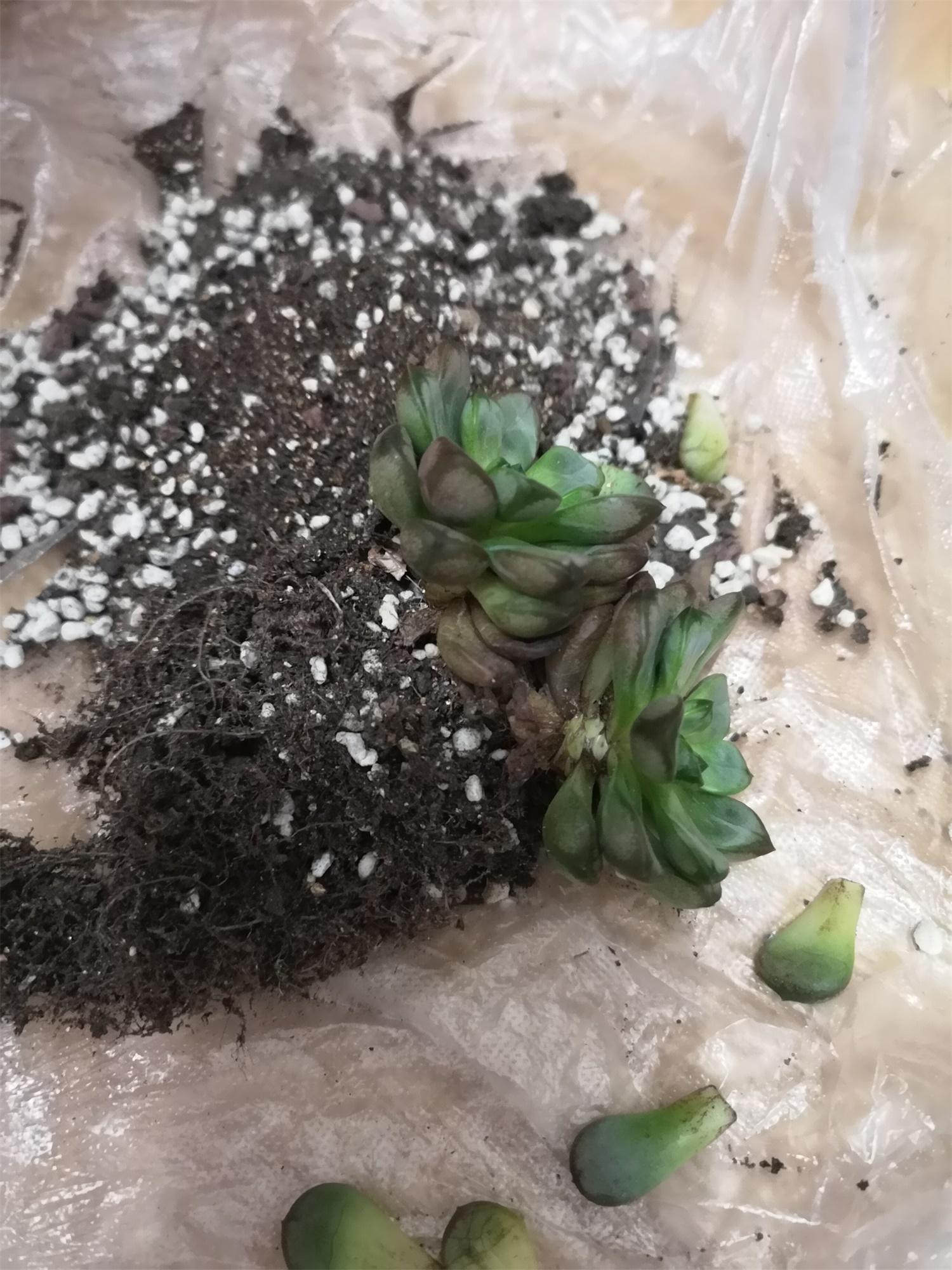
Post insertion curing
1. After cutting, the meat should not be exposed to the sun. Do not wash it in water. It is best not to soak it in carbendazim solution for disinfection. Blade cutting is best placed on dry soil, and do not water before growing roots

2. For fleshy leaves with only roots but no buds, be sure to bury the roots in the soil in time, spray water on the soil and keep the soil slightly moist

3. For the leaves with only buds but no roots, you can apply some rooting powder and bury the place to grow roots in the soil
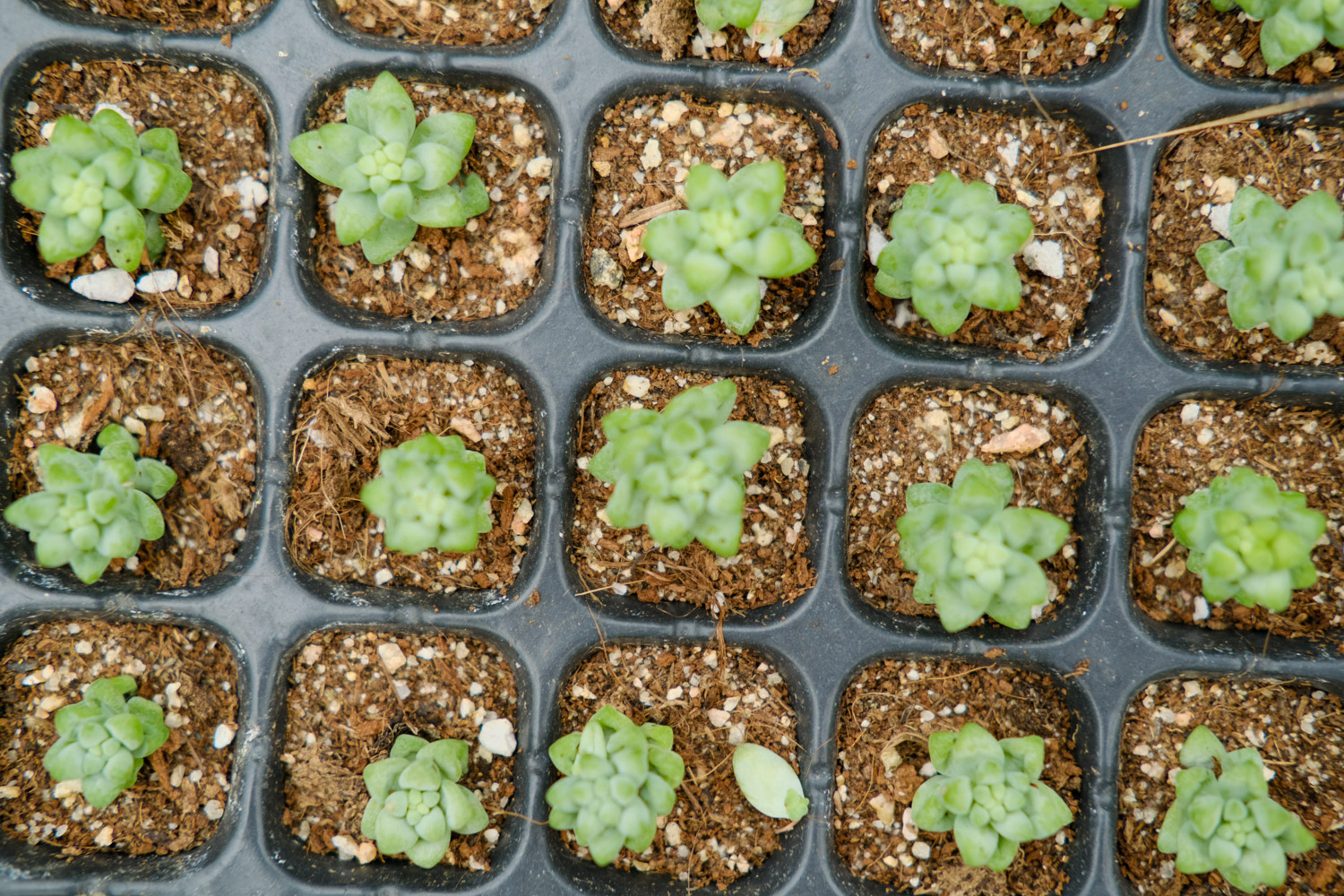
4. In the process of cutting, if there is black rotten water in the mother leaf after the long bud, it should be removed in time to avoid endangering the small bud. If the mother leaf is black and rotten without buds, it is basically impossible to grow roots, so we must pay attention to ventilation
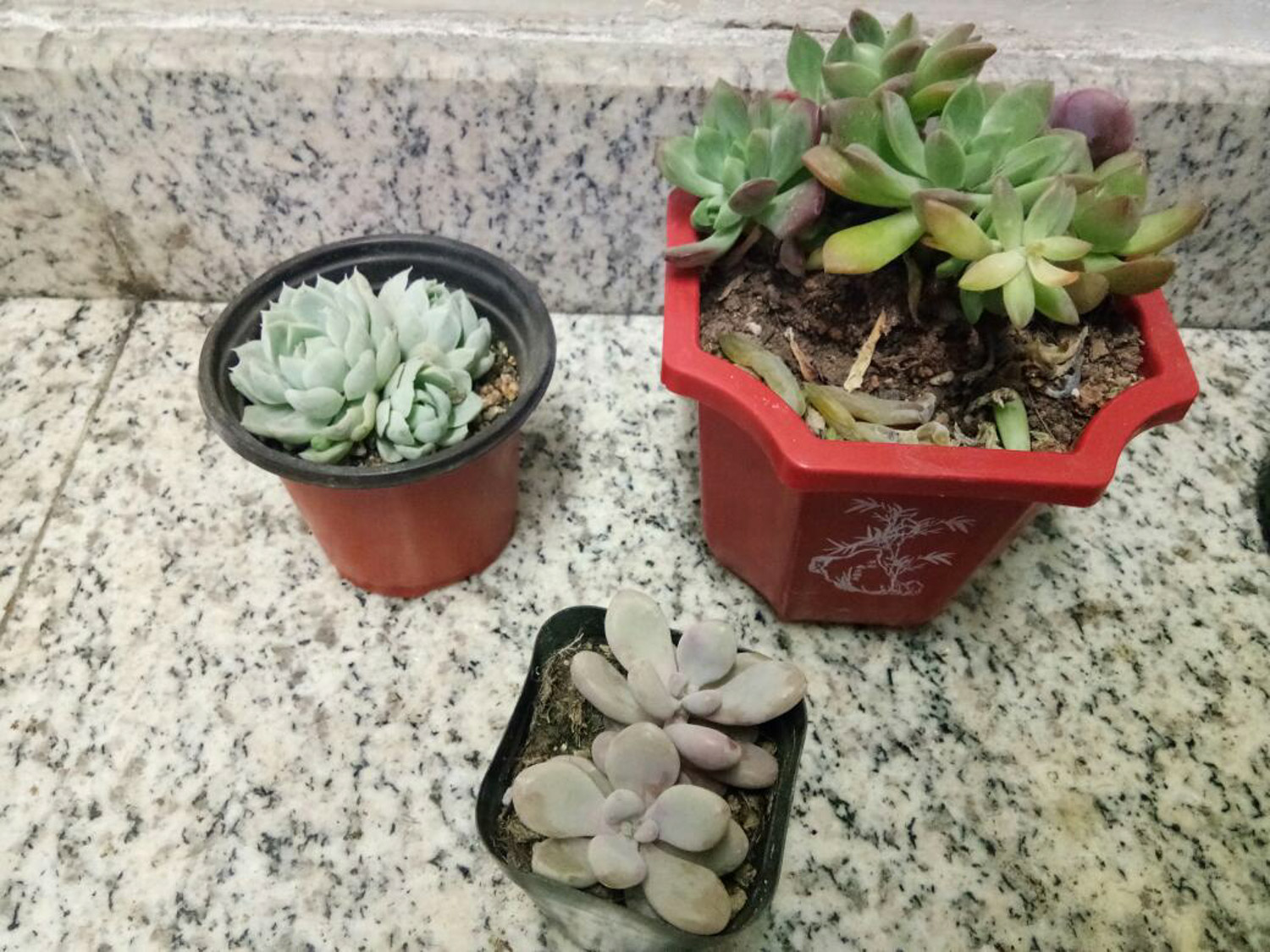
5. Normal leaf insertion is that the mother leaves are dried up during the growth of small buds. At this time, just remove the mother leaves

Meaty soil
Vermiculite, perlite, Maifan stone, peat soil... There are too many fleshy soils. How to match the fleshy soil
Nutrient soil
Nutrient soil mainly refers to rotten leaf soil, coconut bran, peat soil, pine needle soil, sawdust, rice husk charcoal, plant ash, etc. these soils mainly provide nutrition for meat

Granular soil
The fleshy granular soil is mainly loose soil and pavement, with little nutrition, such as perlite, vermiculite, river sand, red jade soil, Luzhao soil, diurite, rainbow stone, coarse sand, green zeolite, diatomite, Maifan stone, ceramsite, etc

Soil proportion
1. The simplest soil preparation method is peat soil: coarse sand = 1:1
2. In general, when cutting and young seedlings, it is necessary to appropriately increase the proportion of nutrient soil. Nutrient soil: granular soil = 6:4
3. After the meat grows into an old pile, the proportion of granular soil should be appropriately increased. Nutrient soil: granular soil = 4:6
4. What kind of soil is used is not so important. As long as a certain amount of granular soil is added to ensure the air permeability of the soil, there will generally be no big problem with meat
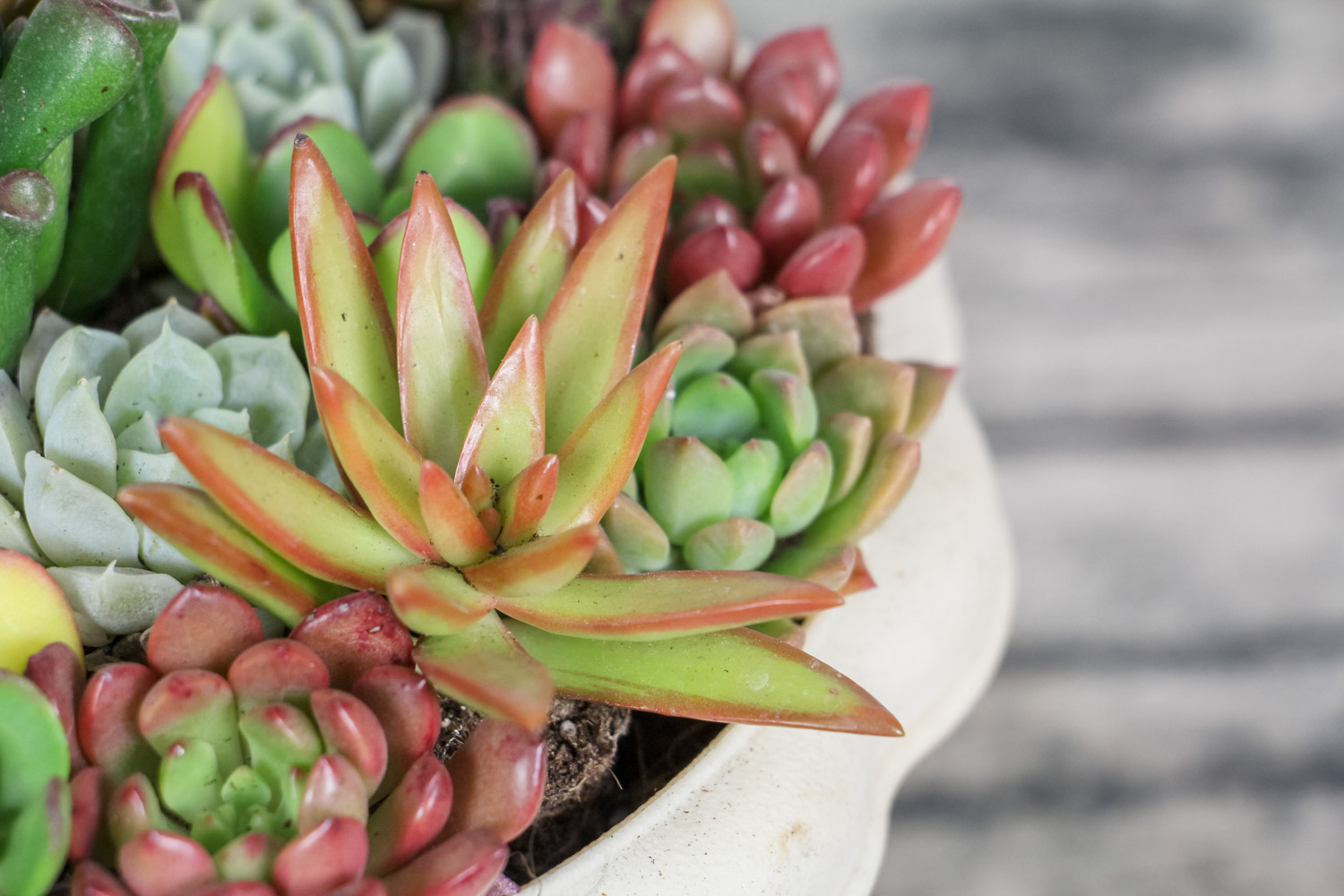
Succulent pest
Spring is the peak period for insects to be active. If you encounter insects, you must not tolerate them and kill them
Scale insects
1. Scale insects are the most common pests with more meat. When it sucks more meat juice, it will secrete a kind of mucus, which can be stained with dust. Therefore, if flower friends find strange stains on the meat at home, it is mostly scale insects that are making trouble
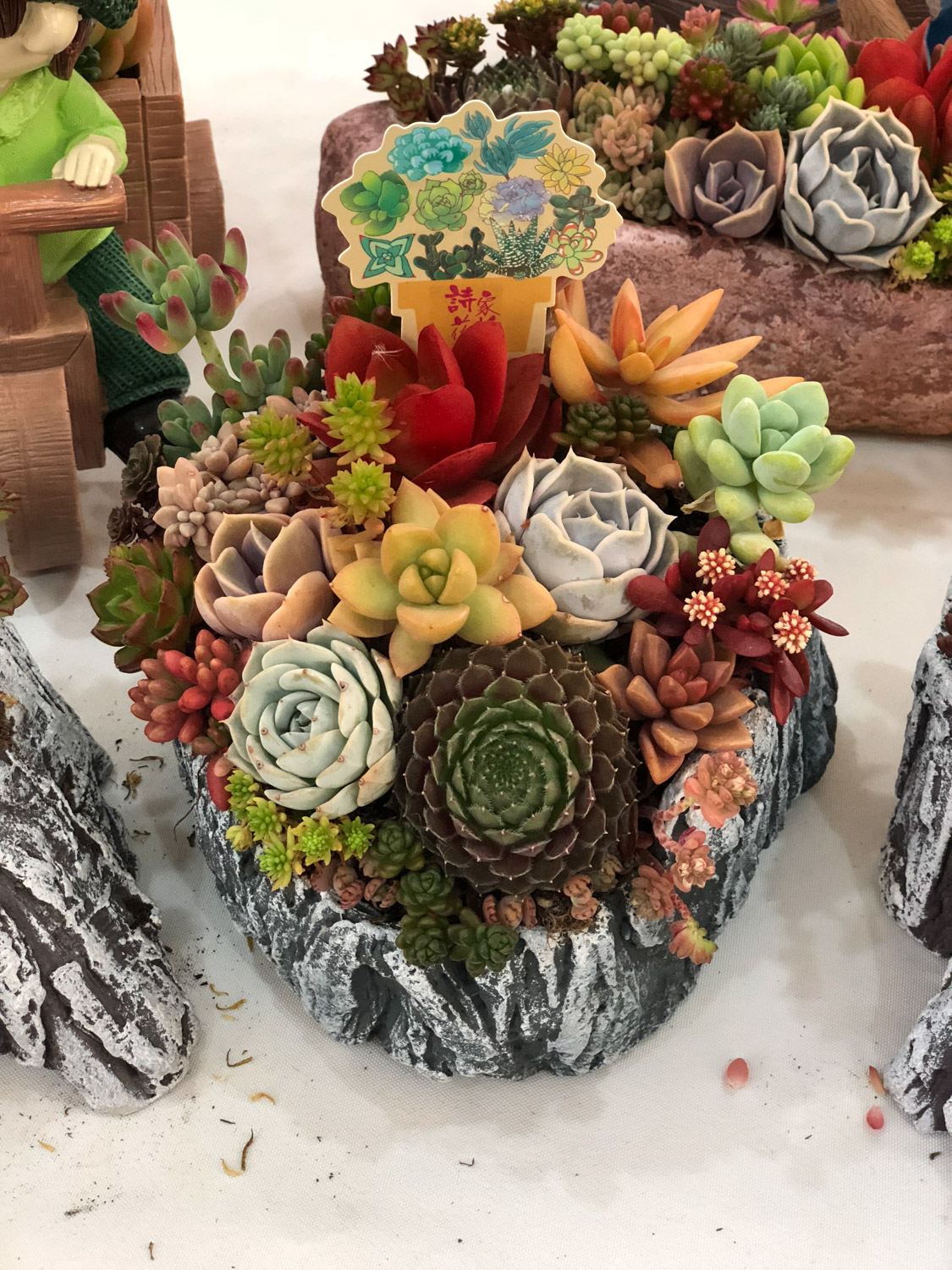
2. If you find scale insects, you should immediately kill them with small tweezers, because scale insects have a wide range of activities and often infect other fleshy insects, which is very harmful

3. Large scale pests are best solved with medicine. A small bottle of flower protection god mixed with 1000ml of water is sprayed on the place where there are insects

4. When watering, Huahua will remind you that it's best not to water on the leaves, but it's very important to consider it in extraordinary times. You must wash the leaves with liquid medicine, and finally blow out the water droplets on the leaves to prevent heart rot


 jackfruit
jackfruit snake plant
snake plant hibiscus
hibiscus hydrangea
hydrangea lavender
lavender Green roses climb al...
Green roses climb al... If you don't pay att...
If you don't pay att... Management of four g...
Management of four g...
































